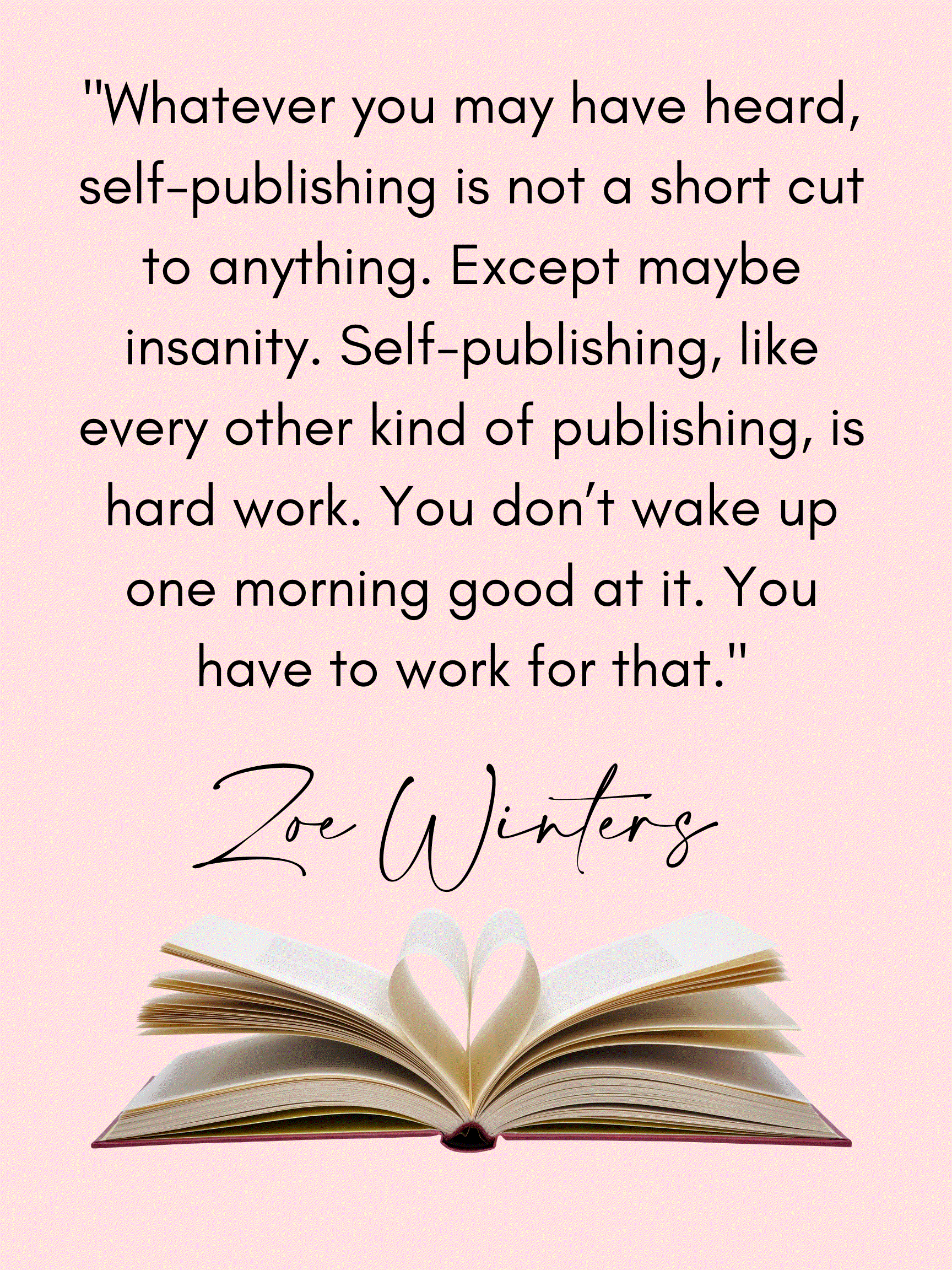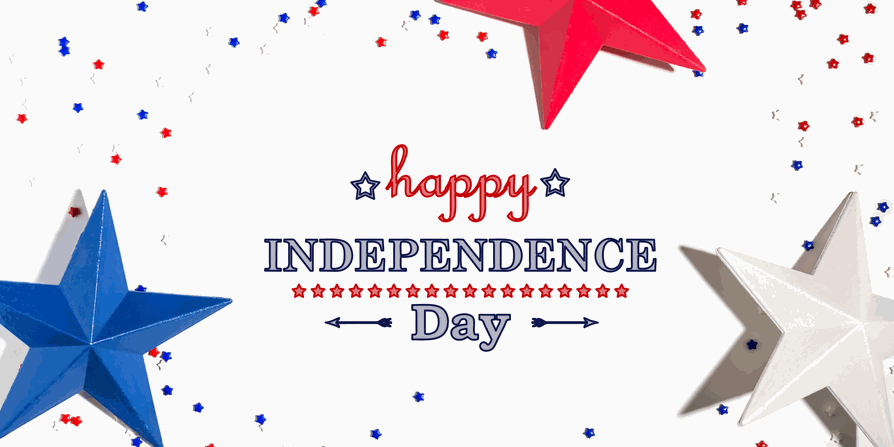Self-publishing a book has become an increasingly popular business strategy for entrepreneurs. It makes sense, you get a lot out of it. Enhancing brand awareness, establishing yourself as an expert in your field, and generating warm leads are all appealing outcomes, for sure.
And with the ease of self-publishing in the e-book format, it’s a no brainer. The trouble often comes when you want to see your book in a bookstore. If you’re sitting there wondering: “Who cares? Doesn’t everyone buy their books online anyway nowadays?”, hear me out.
While it’s true that brick and mortar retail has struggled, sales across physical bookstores in the U.S. were still measured by the billions (that’s billions with a B) in 2020. And more important for the purpose of the entrepreneur, Amazon doesn’t host events in your community or provide book sales for speaking engagements. Having a bookstore on your side as you put yourself front and center in your field, is an asset you need to consider when you decide to self-publish. Sure, you could buy the books yourself and get a card-swiper for your phone, but you’re a CEO! You need to show up as a CEO and not present yourself and your business as a small-time side hustle!
So, when it comes to self-publishing your book, what’s the secret sauce to getting bookstores to carry you?
First: accept the things you cannot control. Bookstores are often understaffed and not all of them specialize in author events. Some bookstores may not want to give up shelf space to a lesser-known author when the bread and butter of their sales comes from big publishers.
Let it go. You can’t control these factors and if certain Booksellers don’t have the capacity to engage in what you have to offer, then best to move on.
With the rise of self-publishing, some bookstores get upwards of twenty requests from self-published authors a week and being kind and patient to the booksellers you speak to goes a long way. But no matter your manners and consideration when dealing with professional bookworms, you ultimately must have four things to be considered.

Here’s what you CAN control:
Your book must have an ISBN. An ISBN is a 13-digit number that identifies books. Think of it as a social security number for books. If one edition of a book varies from another (i.e., one is hardback, one is paperback) the ISBN numbers are different. ISBNs do cost money, but not much, and without one, your book is inherently unsellable in bookstores.

Your book must be whole-volume returnable through a wholesaler. This means that bookstores are ordering from a distributor, not you. If you come in with a box of books hoping they’ll take them off your hands, the answer is a firm no. It also means that when a bookstore orders your book (print-on-demand or not), they’re able to return it and get credit. So, if Stephen King comes out with a new book and a bookstore orders 1,000 copies, but three months later they’re still sitting on 300 copies they can’t move, they send them back to the publisher and receive a refund or credit. This is often a sticking point for self-published authors since it increases their investment, but bookstores hardly ever carry non-returnable books.
You must price your book competitively. One of the benefits of self-publishing that we previously discussed in our blog is higher profit-margins, so I get it, you want to bring home that bacon. But yours isn’t the only book in the universe and when pricing it, you need to think HARD. Don’t charge more simply because you want more. Consider what people are paying for books and what they’re willing to pay for your book. For one thing, size matters. If you wrote a book that clocks in at 120 pages in paperback and you’re selling it for $19.99, that’s a problem. 300-page paperbacks go for anywhere between $14.99- $16.99 and they’re offering more content,
so you’ve already outpriced yourself among your competitors. You need to do your research based on the rule, not the exception. Hardcovers are more expensive than paperbacks, kids’ books are cheaper than adult books, the length of a book is reflected in the price, and so on. Walk into a store and look at the LIST PRICE- Not what it’s going for on Amazon or on current promotion. Your list price is your benchmark and should be competitive with other list prices in your genre with consideration for your length and format.
Your cover needs to be GREAT. They always say never judge a book by it’s cover, but guess what? Everyone does. And I’m not just talking about a cover you love; I’m talking about a cover that can go between two of the biggest authors in your genre and genuinely look like it belongs there. If your cover looks amateurish, or something about it just isn’t quite up to the standards of the books that would surround you on the shelf, bookstores will see the same thing.
Successfully self-publishing IS doable, but you have to be smart and do your research thoroughly. And before you jump up and down and decide subsidy publishing is the way to go, please know that most subsidy publishers don't think like bookstores. They're job is to create a book, it's what you pay them for. Placement is a totally different thing and when thinking about physical product placement, subsidy publishers do not have any shortcuts around these realities, so keep that in mind when making your decisions on how to publish.
I've said it before and I'll say it again: there's no inherently right or wrong way to publish, but you have to be real with yourself about your publishing goals to decide the right way FOR YOU.









